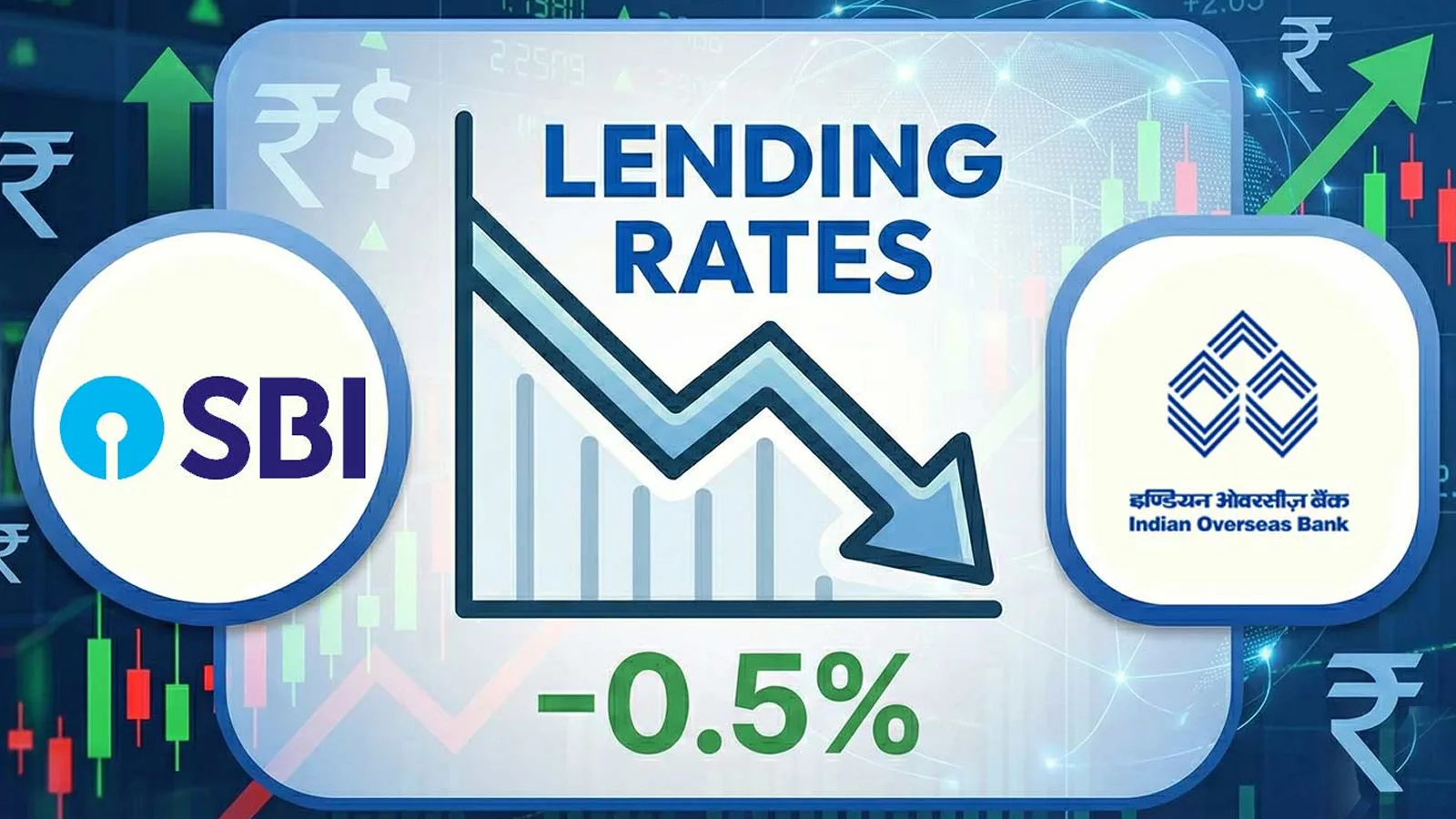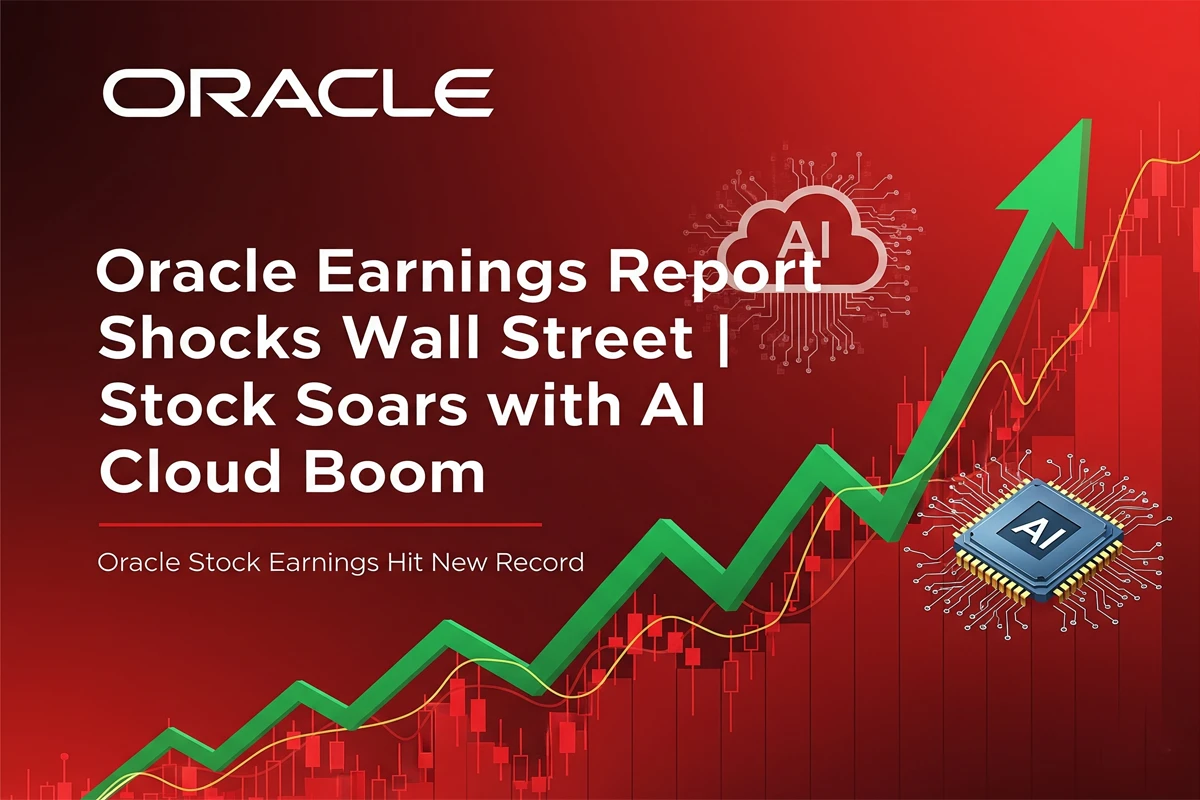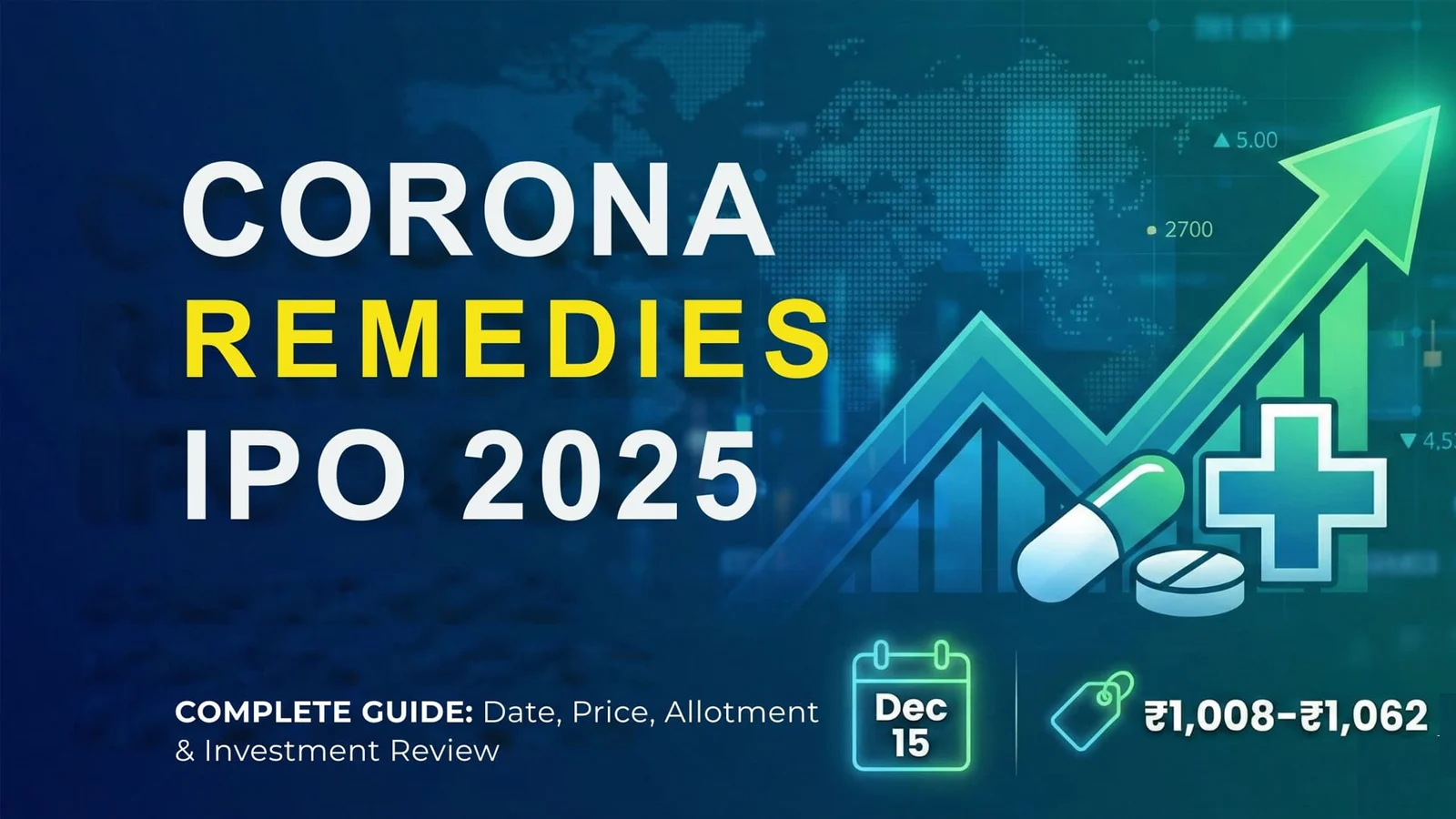Klarna IPO: Story of new hope in the Fintech world
Today, everyone’s eyes in the fintech world are fixed on one name – Klarna IPO. This is one such story in which there are emotions, struggles and possibilities of the future. Whenever a big IPO comes in the market, the confidence of both investors and startups reaches a new height. The same has happened in the case of Klarna, because this IPO not only raised money but also gave a new hope to the fintech industry.
Klarna IPO raised $1.37 Billion
Swedish BNPL giant Klarna raised $1.37 billion through its U.S. IPO, where each share was priced at $40. After this listing, the company’s valuation reached almost $15.2 billion. This moment was very important for the fintech world as the IPO was 25 times oversubscribed, which shows the huge excitement in the market. For investors, this is a clear sign that the fintech sector is still full of growth and opportunities.
Klarna IPO and Company’s Valuation Journey

Klarna’s journey has been interesting in terms of valuation. Its valuation was $45 billion in 2021, but due to high interest rates and inflation in 2022, it fell to $6.7 billion. Now Klarna has again tried to establish itself through IPO. This IPO has also become a trend-setter for those companies which belong to fintech, crypto or consumer sector and are planning their listing in New York.
Klarna IPO: Challenge of Expansion and Profitability
Founded in 2005, Klarna started its U.S. expansion in 2019, exactly at the time when COVID-19 gave a boom to online shopping. This led to double-digit growth in the company’s user base and transaction value, but profitability became a challenge. Klarna’s loss in the latest quarter reached $52 million, which was more than $7 million last year, while revenue grew to $823 million. Analysts say that fintech listings in the market will be successful only when companies are able to show the right balance between their growth and profitability.
Klarna IPO and Power of Brand Recognition
As competitive as the fintech market is, brand recognition is equally important. Peer companies like Chime gave mixed results after the IPO, but experts believe that Klarna’s strong brand image can benefit from it in the long term. Kat Liu, vice president of IPOX, said that in the fintech sector, brand recognition is as important as the business model, and Klarna has established a strong position in this regard.
Market Demand and BNPL Model after Klarna IPO
Consumer spending in the U.S. market has remained strong despite inflation and income slowdown. BNPL (Buy Now, Pay Later) models like Klarna give consumers the option to pay for their purchases in small interest-free installments. This model generates a large share of revenue for Klarna — in the last 12 months, 75% of revenue came from transaction and service-based fees, while the share of interest income reached 25%. But it is also true that if consumer spending slows, the risk for Klarna in both merchant fee capture and repayment increases.
Klarna IPO: Listing and Future Outlook

Goldman Sachs, J.P. Morgan and Morgan Stanley are the joint book-running managers of this IPO. Klarna will now begin trading on the New York Stock Exchange under the symbol “KLAR”. Industry experts say that the Klarna IPO has created a new energy for the fintech market, but now the real test will be how the company improves its profitability and maintains its strong position in a rapidly evolving market.
Conclusion
Klarna IPO is a reminder that after every downfall a new rise is possible. Whether valuations fall or losses increase, if the company has a strong brand and loyal users, the market always gives another chance. This IPO of Klarna can be the beginning of a new era for the fintech industry, where along with growth, focus will also be on sustainability and profitability.
Disclaimer:
This article is for informational purposes only. The data and analysis given in it is based on publicly available reports. This is not any kind of financial or investment advice.
Also Read
UNH Stock Jumps as UnitedHealth Eyes 78% Members in Top-Rated Medicare Plans by 2026







